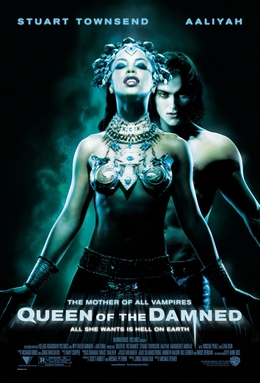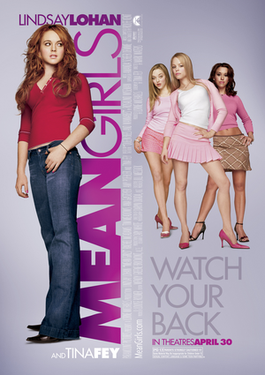Lists

1 Book
Books
Sort by:
Recent Desc
More lists by ---

Chaotic
List includes: Gone Girl
May 2023
0
@BodyOfCelestia



Nostalgia
List includes: The Aristocats, Thumbelina, Gremlins 2: The New Batch
May 2023
0
@BodyOfCelestia



Love
List includes: Queen of the Damned, WALL·E, Fantastic Mr. Fox
May 2023
0
@BodyOfCelestia

Menstrual
List includes: Only Yesterday
May 2023
0
@BodyOfCelestia

Podcasts
List includes: Call Her Daddy
May 2023
0
@BodyOfCelestia



Girly
List includes: Mean Girls, Material Girls, The Witches of Eastwick
May 2023
0
@BodyOfCelestia



Mystery
List includes: Murder on the Orient Express, Murder on the Orient Express, Death on the Nile
May 2023
0
@BodyOfCelestia



Anime
List includes: Spirited Away, Howl's Moving Castle, Princess Mononoke
May 2023
0
@BodyOfCelestia


Watchlist
List includes: Corpse Bride, Interview with the Vampire: The Vampire Chronicles, Bewitched
May 2023
0
@BodyOfCelestia